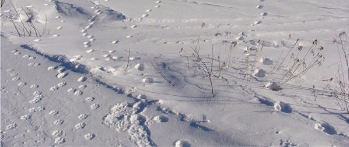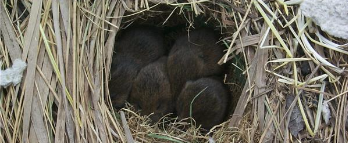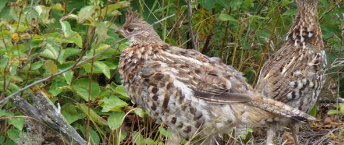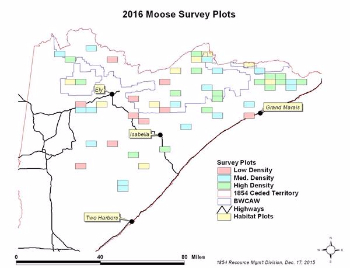During a ten-day period in early July, program partners and volunteers take to over 600 lakes throughout Minnesota to observe Maang. Adult and juvenile loons are counted to analyze reproductive success and the data is reported to the Department of Natural Resources (DNR) for a population analysis.
The Minnesota DNR has coordinated this Loon Monitoring Survey for over 20 years.
Ceded Territory lakes surveyed by 1854 Treaty Authority during 2015:
Elbow, Lost, Organ, West Twin, Green Wing, Mit, Frear, McDonald, Timber, and White Pine
See the DNR's LOON SURVEY WEBPAGE
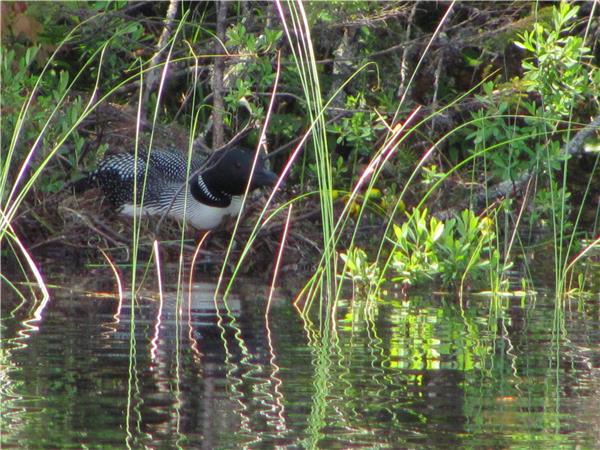
This nesting loon was spotted by Invasive Species Technician, Jeffrey Flory, during the 2015 Loon Survey.
